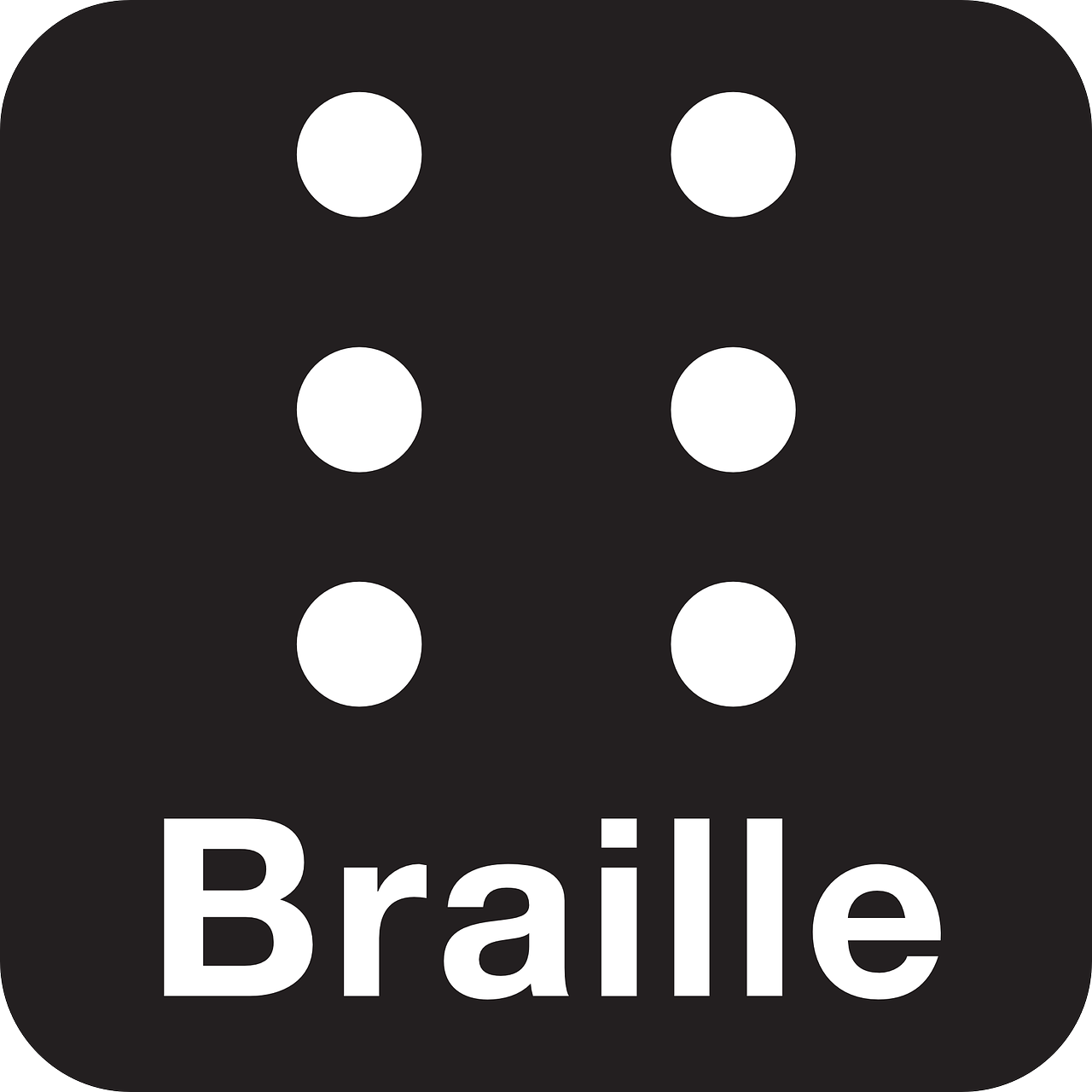Why is January 4th celebrated as World Braille Day every year?
January 4th marks the birthday of Louise Braille – the person who invented the Braille script – the only tactile (touch based) script.
He was a bright boy born to a shoesmith in France. One day, when he was very young, he lost his eyes to an accident in his father’s workshop.
Ironically, it was in the same workshop that he found his way out of the darkness that engulfed his life. It was in this workshop, with the same set of tools, that he created the Braille script. This script was presented to the world for the first time in 1824. Today, 98 years later, it remains virtually unchanged and is the primary script for the use of the visually challenged.
For a very long time, a person who could not see, could not read either. This meant no education.
Today, there are podcasts to help those who cannot read and write. But back then, we didn’t have these luxuries.
So, the invention of a script that would allow a blind person to read and write was a massive revolution. It opened the doors of education to many.
Today, to mark the day, our special feature teaches you Braille.
Learning Braille
Braille is a system of dots. These dots are embossed on paper.
When something comes out from a flat surface, we say it has been embossed. when something can be touched because it is lower than the flat surface, we say it has been engraved.
Braille uses the sense of touch to bring the alphabet alive.
It is very easy to learn Braille. You are about to learn it right now!

Just like you have a “cursor” on a computer, Braille has “Cells”.
Each “cell” is one character space, just like the cursor on the computer. The cell is divided into 6 “dots” which are simply numbered 1 to 6 (see image above).
The letters are represented as combinations of these dots. For instance, “A” is Dot 1, B is Dots 1,2.
Here is the entire Braille alphabet for English:

Every language has its own Braille notation set. You don’t need to memorise it, however. You can just keep this ready reference and use it to create your own Braille messages.
One interesting thing about Braille is that because it based on touch, there are no font sizes! Braille dots depend on very fine, sensitive touch. So, the dots are always the same size!
Contractions
In Braille, we use a single cell to denote more than one letter. These notations are called “Contractions”.
Grade 1 Braille: Uses no contractions at all.
Grade 2 Braille: Uses universally understood contractions only.
Grade 3 Braille: Uses contractions that are understood only by a small local group. Cannot be read outside that group.

Do google for the Braille script in your own language. Here is the notation for Hindi. There is also special notation for Maths.


